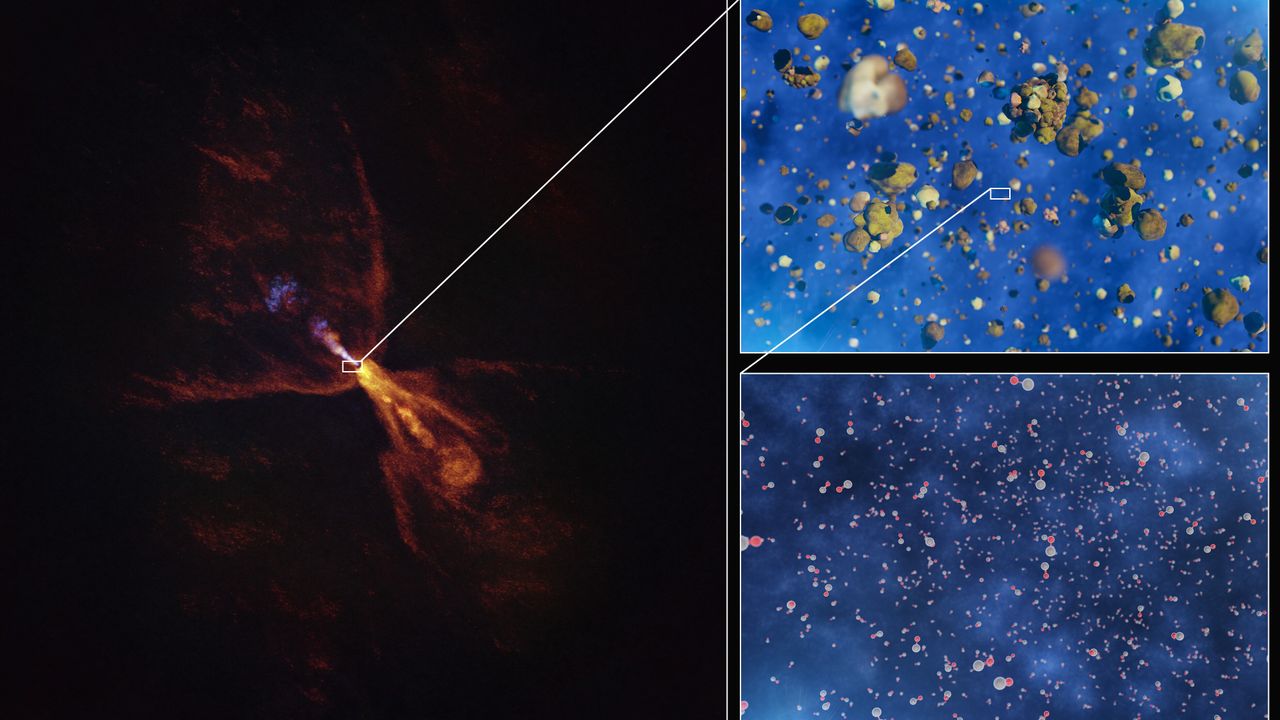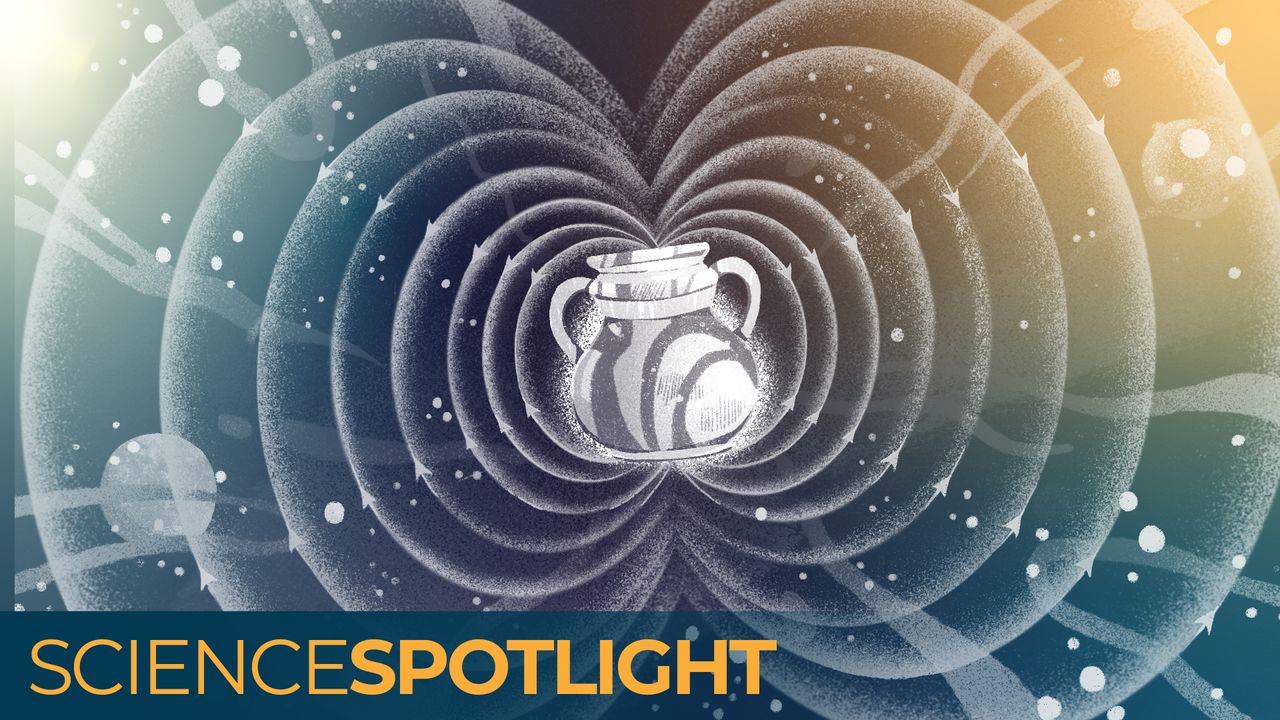Now Reading: Astronomers Witness Birth of New Planet System Around Distant Star
-
01
Astronomers Witness Birth of New Planet System Around Distant Star
Astronomers Witness Birth of New Planet System Around Distant Star

Quick Summary
- Scientists have, for the first time, captured images of a new alien star system being born, observing the earliest stages of planet formation.
- The baby star, dubbed HOPS-315 and located approximately 1,300 light-years away from Earth, was studied using NASA’s James Webb Space Telescope (JWST) and the Atacama Large Millimeter/submillimeter Array (ALMA).
- Observations revealed outflows of hot minerals from the protoplanetary disk – a dense disk of matter around young stars where planets form.
- Silicon monoxide gas was seen condensing into silicates – materials that eventually combine to form rocky planets like Earth.
- The early phases of this process are critical as organic compounds also begin to form during this period. It lasts only about 100,000-200,000 years.
- Researchers aim to study similar systems in further detail using ALMA to better understand how our own solar system and other planetary structures develop.
!Infant Star System
Image credit: ESO/L. Calçada/ALMA(ESO/NAOJ/NRAO)/M. McClure et al.
!Close-up Image
Image credit: ESO/L. Calçada/ALMA(ESO/NAOJ/NRAO)/M. McClure et al.
Indian Opinion Analysis
The discovery offers groundbreaking insights into one of astrophysics’ most elusive phenomena-the birth of planetary systems-and could reshape how humanity understands its cosmic origins. Though distant at 1,300 light-years away from Earth, these observations provide clues about processes akin to those that formed our solar system 4.5 billion years ago.
This milestone is significant for India’s rapidly growing space science ambitions under organizations like ISRO and partnerships with global telescopic initiatives such as JWST or ALMA-like projects in domestic contexts. With India’s developing prowess in satellite technology and space research funding increases for projects such as Aditya-L1 (solar exploration), focusing resources towards collaborative astronomical studies could enhance Indian contributions toward solving fundamental questions about planetary evolution.
Additionally, advancements like these can inspire interdisciplinary approaches across physics and geology within academic institutions domestically-filling gaps between theoretical models and observable phenomena-potentially fostering homegrown researchers on global platforms.

























